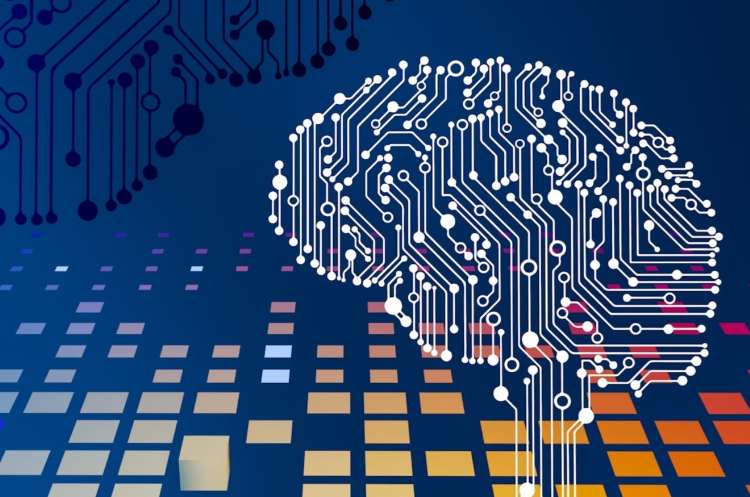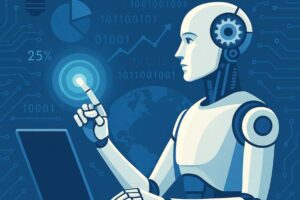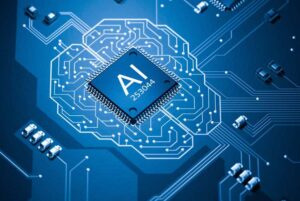
Artificial Intelligence has begun delivering tangible productivity gains in knowledge work—automating coding, generating content, and enhancing service efficiency. Yet, these gains remain curiously absent from macroeconomic metrics such as GDP growth and employment. This paradox is not new. Like the steam engine or the personal computer before it, AI’s impact is being slowed not by the technology itself, but by the lag in adapting institutions, workflows, and policies.
History offers instructive parallels. During the Industrial Revolution, productivity gains emerged not from the invention of machines but from the redesign of production systems around them. Early electrification, for instance, initially served merely to power existing tools. Only after factories restructured their layouts and practices did electricity generate notable efficiency improvements. As a trade journal quipped in the 1920s, electricity was “a revolution waiting for its moment.”
READ I Air India crash raises tough questions for airlines
Similarly, the IT boom of the 1980s and 1990s produced what came to be known as the IT Productivity Paradox. Massive investments in computing failed to immediately raise productivity levels. As economist Robert Solow remarked in 1987, “You can see the computer age everywhere but in the productivity statistics.” Only when firms rewired their workflows—integrating digital systems into the heart of business processes—did gains begin to show.

What’s often overlooked is the role of regulation in shaping this trajectory. Health and labour reforms during Britain’s Industrial Revolution were reactive, not anticipatory, introduced only after crises had taken a toll. In the digital age too, early internet adoption was slowed by the absence of privacy norms and security frameworks. When regulatory clarity lags, businesses hesitate. When businesses hesitate, technologies stall.
AI: Reimagining work, not just automating it
At the enterprise level, AI’s transformative capacity is constrained by how slowly organisations are redesigning their workflows. As Microsoft CEO Satya Nadella noted, productivity emerges not from using new tools in old ways, but from rethinking how work itself is structured. Artificial intelligence assistants like Copilot can eliminate repetitive tasks, but their true value lies in altering how work is conceived and distributed.
However, this shift confronts embedded resistance. First are the gatekeepers: mid- and senior-level managers who feel threatened by AI-driven changes. As one 1990s business magazine aptly described them, these managers often serve as “the last line of defence against change.” Their reluctance—whether due to fear of role erosion or loyalty to legacy systems—slows integration efforts.

Second, corporate risk aversion, amplified by short-term financial pressures, leads firms to delay investments in disruptive redesign. Artificial intelligence transformation is not plug-and-play; it requires upfront costs and may disrupt established routines. The uncertain return on investment creates hesitation.
Third, cultural inertia compounds technical lag. Many firms lack digital fluency at the leadership level. Without sustained investment in reskilling, cross-functional collaboration, and institutional experimentation, artificial intelligence capabilities remain confined to isolated teams. Even when AI boosts code output—as Google CEO Sundar Pichai revealed, nearly 30% of Google’s code is now generated by artificial intelligence—organisational velocity rises only modestly, with just a 10% uptick in productivity.
Limits of knowledge work on GDP metrics
On a macro scale, knowledge work still constitutes less than half of total employment in developed economies—and even less in emerging ones. Hence, AI’s gains in these areas have limited leverage over aggregate economic indicators. What’s more, the distribution of these gains is deeply skewed.
High-skilled workers and capital owners—those able to deploy and benefit from artificial intelligence—see outsized rewards. Meanwhile, those in low-productivity or manual sectors are left behind. This imbalance not only widens inequality but suppresses aggregate demand. Policymakers, wary of political backlash from job displacement, respond with caution. This regulatory hesitancy, while socially stabilising in the short term, contributes to the delay in realising AI’s economy-wide potential.
Adding to the complexity is the issue of measurement. Conventional metrics like GDP often fail to capture value created through artificial intelligence in intangible forms—faster problem-solving, greater customer satisfaction, or improved forecasting. Worse, if AI reduces costs without raising wages or consumption, the resulting deflationary pressures may mask actual efficiency gains.
Building the bridge from tech to prosperity
To translate AI’s productivity, promise into broader economic gains, both government and corporate actors must act in concert.
Educational systems need overhauls to foster lifelong learning and digital adaptability. Public-private partnerships should focus on equipping displaced workers with emerging skills. Tax incentives could encourage firms to invest in process redesign and internal innovation, compensating for the short-term disruption they fear.
Regulators must strike a careful balance: flexible enough to enable innovation, firm enough to protect vulnerable sections. Phased rollouts, pilot programs, and adaptive frameworks can help manage the risk of premature or uneven adoption.
Perhaps most critically, cross-sector dialogue is required. Aligning technological capabilities with social priorities will require businesses, labour groups, and policymakers to co-create solutions. A purely market-led diffusion of artificial intelligence is unlikely to deliver equitable prosperity.
Global rivalries, local realities
The geopolitical competition over AI leadership adds another layer of complexity. China and the United States are locked in a race to dominate artificial intelligence applications across sectors—from defence to finance. China’s “Next Generation AI Development Plan” aims for global leadership by 2030, while the US relies on its private tech ecosystem for breakthroughs.
This rivalry accelerates innovation but skews priorities. Strategic interests dominate funding flows, often at the expense of health, education, and climate-focused artificial intelligence. Furthermore, differing regulatory models—Europe’s ethical and privacy-focused frameworks versus the US’s innovation-first approach—complicate cross-border harmonisation.
The scramble for talent and resources, particularly semiconductors, reinforces disparities. Companies in lower-income countries struggle to compete for skilled workers. Export restrictions, IP disputes, and national security barriers further erode prospects for global artificial intelligence collaboration.
Inside firms, status quo incentives—bonuses tied to short-term performance or fears of losing authority—reinforce managerial inertia. Many managers instinctively view artificial intelligence as a threat, not a tool. This mirrors earlier eras, when middle management slowed the adoption of personal computing to preserve procedural control.
Patience, pressure, and precision
The productivity paradox in the artificial intelligence era is less about technology and more about adaptation. History shows that it takes time for institutions and workflows to align with new tools. The promise of AI will be fully realised only when companies reinvent their processes, governments update their policies, and societies prepare their workers for the future.
This will require a mix of patience and urgency. Patience to allow organisational learning and regulatory evolution. Urgency to prevent widening inequality and lost economic potential. Above all, it demands a clear-sighted focus on the misalignments between micro-level adoption and macro-level outcomes.
If policymakers and firms work in silos, AI’s gains will remain concentrated and partial. If they coordinate—balancing innovation with equity—AI can deliver not just productivity, but prosperity.
Rupesh Thakkar is a chartered financial analyst based in Seattle, USA.
Dr Badri Narayanan Gopalakrishnan is Fellow, NITI Aayog. Views expressed are personal.

